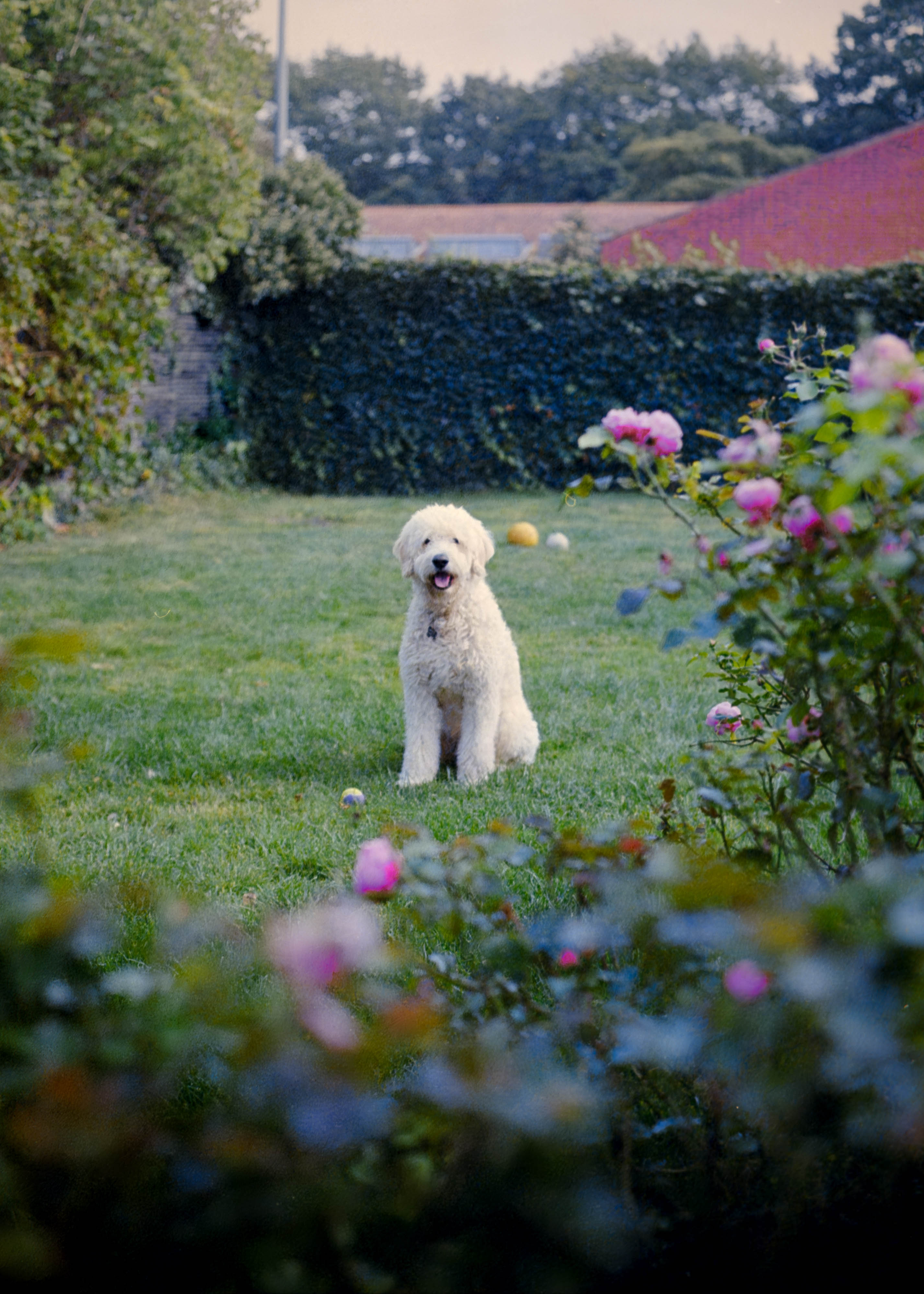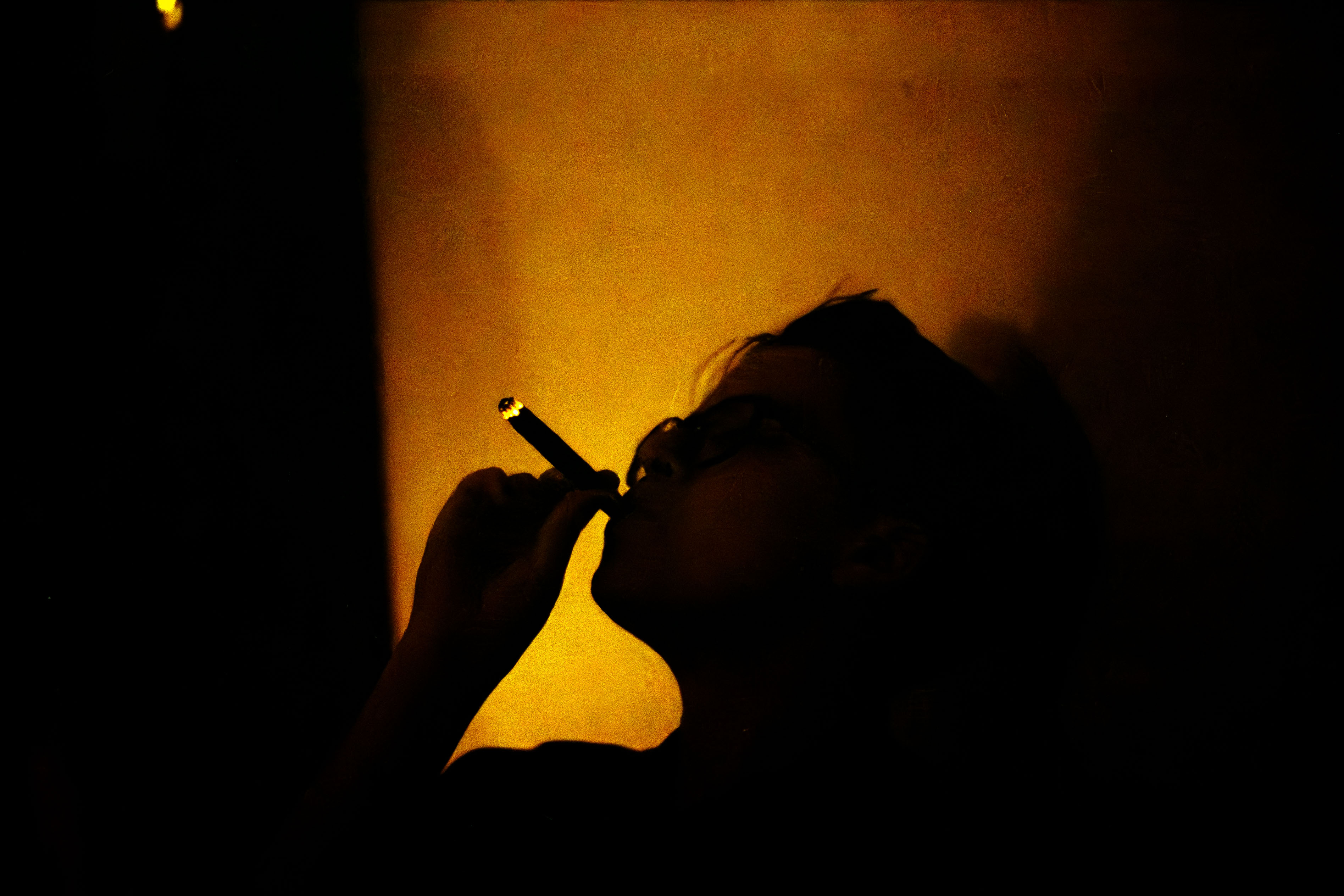Blog
Nikon F3 review - a companion in creation
Tags: Film Camera, Nikon, Nikon F3, Camera Review
In the photography subculture of film photography, there’s a camera that is held-up in a legendary status. Meet the Nikon F3 - a cliché within the community. This camera didn’t just meet my expectations; it shattered them, delivering an experience that’s as unique as the memories it captures. For me, it is a perfect instrument, but it is not for everyone.
I’ve been wielding the Nikon F3 for close to a year now, and have many impressions to share.
In this article I will talk about the good, the bad and the artsy about this camera. But first - some context.
Table of Contents:
- Why did I get this particular camera?
- The pitch
- The Bad:
- The Geat:
- The Artsy
- Conclusion - A Creative Companion
Why did I get this particular camera?
My journey into film photography began unexpectedly with a collection of Soviet cameras from my grandpa. I enjoyed the slow, methodical and tactile feeling of film photography. But despite their charm, and infinite repairability, the soviet cameras kept jamming and required a lot of repairs by me.
I wanted something that just works and looks cool doing it.
My perspective on this camera is as a person who wants to bring a camera everywhere. My aim is to take pictures of precious people in my life, curious things around me and hopefully make some art in the process.
The pitch
This camera I’m probably never getting rid of. It is functionally perfect.
Does not mean it doesn’t have flaws. It does.

The Bad:
Let’s start witht the flaws. What makes this camera suck?
1. The Brick Factor
Heavy as a brick, the F3 is not for the faint-hearted. However, its weight transforms it into a stable handheld powerhouse, a weapon with a lens.
Justifiably, the weight will be a deal-breaker for many photographers, such as my girlfriend, who is tiny but very mighty… but still tiny.

One positive aspect of having such a dense SLR-style camera is that it becomes very stable to shoot handheld. Every SLR-style camera must flip-up a mirror when taking an image, which can introduce some vibrations making photography at slow-shutter speeds a no-go. Since the camera is so heavy, I can barely feel the shutter-slap. I have gotten away with shooting sharp images handheld at 1/15th of a second. Such as the image above.
With the 35mm lens this camera becomes even heavier and something unexpected happens. Its weight makes it feel amazing in the hands. It feels like a tank - a weapon. You could bludgeon someone to death with, and then take a picture. Morbid, but true.
2. The Light Meter
The meter’s weird placement and tiny symbols make it less than ideal. But, if you can master it or rely on the Sunny-16 rule, it won’t hinder your art.

The meter sits in the top left corner of the viewfinder window. It mainly displays the shutter speed the camera is set to, along with absolutely tiny + or - symbols for over/under exposure. I can barely see see those miniscule symbols. That I do instead is keep the camera on aperture-priority mode, point it at highlights and shadows and watch the shutter speed change, then I set it to the overage.
This works, but is not optimal. In addition to the visibility issues, the LCD screens are known to fail in time. Mine works perfectly, but who knows how long that will last. This is the worst light-meter design I’ve seen so far.
3. The Flash
Before Apple decided to reinvent the USB cable, Nikon was paving the way by redesigning the hot-shoe mount for the flash. This makes flash photography an inconvenience, but not a deal-breaker for me.

Super weird choice which they went back on with the next generation of cameras. Nonetheless, super annoying when owning an F3.
I found a few Nikon F3 compatible flashes for about 20€, and they work great. But you might not be as lucky.
The Geat:
I am a strong believer in having beautiful instruments. If something I own looks uggly, feels bad in hand, is clunky - I don’t use it. This camera fits my hand and eye perfectly. Let’s talk about why.
1. Hand-feel.
The F3 handles like a dream. It feels substantial, like a tank, and that’s a good thing.
2. Built like a tank.
As alluded to before, you could bludgeon someone with this camera and it will still work. Completely anecdotally, I’ve never head on any F3 breaking, apart from the shutter-speed LCD burning out. Additionally, this camera was in production for over 20 years, so there are many of them in circulation for spare parts.

3. Lens Selection.
An extensive array of lenses at reasonable prices, thanks to the unchanged Nikon F mount. Even the 50mm f1.8 pancake lens which comes paired with this canera is a gem despite the modest size.

The above image was shot with the pancake 50mm f1.8, and as you can see it is plenty sharp with the aperture wide open. I think the bokeh (out of focus part) are also quite pleasing. It has a slight soap-buble effect, where the edges of the out of focus bubbles are accentuated. It has character. But nothing too wild, which perfectly fits my personaly preference.
Some lenses I think are of insane value:
- 55mm f2.8 - amazing for mactro shots, so sharp. But even better, when adapted onto your digital camera, it is an amazing tool for scanning your film!
- 35mm f1.4 - if it wasn’t for the weight, I would say this is optically perfect everyday walk-around lens. Probably the best lens I own. On par with my Fujinon 35mm f1.4.
- 50mm f1.2 - my favourite lens for this camera. You get additional one and a half stops of light compared to the pancake. It is quite a bit heavier tho. So, if I have my 35mm on my camera, I throw the 50mm pancake in the pocket.
4. The cool factor
With a retro-bladerunner vibe, the F3 looks like it stepped out of a sci-fi movie. It’s rugged, solid, and eye-catching. It has that retro-cyberpunk vibe, right on the cusp of vitage camera aesthetic and modern SLR. It has the same look as an old luxury Volvo, and is as reliable.
Some might hate this look, I love it, but I also love brutalist architecture… so take everything with an appropriate grain of silver hallides.

I feel very confident wearing this camera. It is rugged, solid and eye-catching. I trust that it can accompany me on any adventure life throws at me.
The Artsy
I subscribe to the rule suggested by Adam Savage of Mythbusters - ‘First get a cheap tool and use it, if it breaks or is insufficient, get the most quality one you can afford.’. My granparents’ cameras had filled that cheap-instrument criteria, and they kept breaking, and I kept fixing them.
Apart from the above I also belive in owning beautiful instruments. The tools we use are just as important as the things we create. They have to be reliable, feel good, look good, be an extension of you. And if they provide you some motivation to pick up and use them, it is a bonus on top.
If the Nikon F3 looks goofy to you, please find something else. Otherwise, if you already love the look, read on, in this article I hope to give you my opinions as a daily user.
Conclusion - A Creative Companion
In a world rightfully dominated by digital marvels, the Nikon F3 stands as a timeless reminder of analog elegance of a masterfully-built tool. It’s not just a camera; it’s my companion in creativity, a reliable partner in capturing life’s most precious moments. The flaws are there, but they pale in comparison to the prowess this camera unleashes. If you’re ready to embrace the weight, dance with the quirks, and wield a true weapon of mass creation, the Nikon F3 awaits, ready to turn every click into a masterpiece.
Corny statemt aside, it is a good camera, I guess.